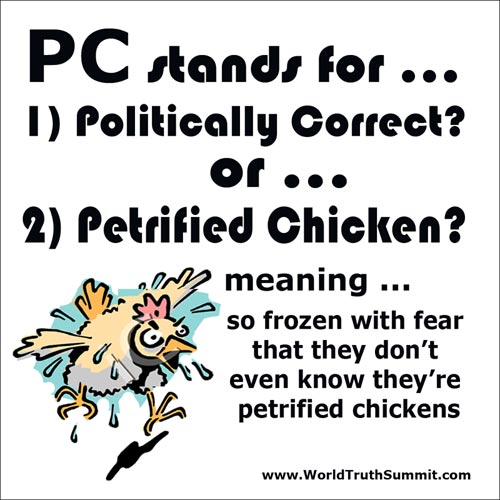
If a ship or its means of propulsion becomes broken, the ship’s maximum speed is halved and the ship can no longer gain the upper hand until repaired. When a ship gains the broken condition, it takes a –2 penalty to AC, on sailing checks, saving throws, and on combat maneuver checks. Special Note on Ships: Ships, and sometimes their means of propulsion-are objects, and like any other object, when they take damage in excess of half their hit points, they gain the broken condition. Most craftsmen charge one-tenth the item’s total cost to repair such damage (more if the item is badly damaged or ruined). Generally speaking, this requires a DC 20 Craft check and 1 hour of work per point of damage to be repaired. Non-magical items can be repaired in a similar fashion, or through the Craft skill used to create it. Items lose the broken condition if the spell restores the object to half its original hit points or higher. If the item is magical, it can only be repaired with a mending or make whole spell cast by a character with a caster level equal to or higher than the item’s. Items with the broken condition, regardless of type, are worth 75% of their normal value. If the item does not fit into any of these categories, the broken condition has no effect on its use.If the item is a wand or staff, it uses up twice as many charges when used.If the item is a tool needed for a skill, any skill check made with the item takes a –2 penalty.Broken armor doubles its armor check penalty on skills. If the item is a suit of armor or a shield, the bonus it grants to AC is halved, rounding down.Such weapons only score a critical hit on a natural 20 and only deal ×2 damage on a confirmed critical hit.

If the item is a weapon, any attacks made with the item suffer a –2 penalty on attack and damage rolls.The broken condition has the following effects, depending upon the item. Items that have taken damage in excess of half their total hit points gain the broken condition, meaning they are less effective at their designated task. Characters who remain blinded for a long time grow accustomed to these drawbacks and can overcome some of them. Creatures that fail this check fall prone. Blind creatures must make a DC 10 Acrobatics skill check to move faster than half speed. All opponents are considered to have total concealment (50% miss chance) against the blinded character. All checks and activities that rely on vision (such as reading and Perception checks based on sight) automatically fail. It takes a –2 penalty to Armor Class, loses its Dexterity bonus to AC (if any), and takes a –4 penalty on most Strength– and Dexterity-based skill checks and on opposed Perception skill checks. In this case, ability drain is worse than ability damage. When two or more bleed effects deal the same kind of damage, take the worse effect. Bleed effects do not stack with each other unless they deal different kinds of damage. Some bleed effects cause ability damage or even ability drain. Bleeding can be stopped by a DC 15 Heal check or through the application of any spell that cures hit point damage (even if the bleed is ability damage). BleedĪ creature that is taking bleed damage takes the listed amount of damage at the beginning of its turn. These penalties do not apply against the antagonist. If the creature succeeds on its Sense Motive skill check, the antagonized condition ends, but the creature suffers a -2 penalty on attack rolls and a -2 penalty to the saving throw DC of its abilities and any spells it casts for 1 minute. This skill check is opposed by the antagonist’s original antagonize skill check. On each round after the first, an antagonized creature may attempt a Sense Motive skill check to realize the folly of its actions during its turn as a swift action. If an antagonized creature uses an ability that targets an area, its antagonist must be within the ability’s targeted area. If an antagonized creature uses an ability that targets multiple creatures, the antagonist must be chosen among these targets. A creature is no longer antagonized if its antagonist is helpless, unconscious, or cannot participate in combat. Furthermore, an antagonized creature does not threaten any opponents except its antagonist: it cannot make attacks of opportunity or be used to determine flanking bonuses against other opponents. A hostile action is any attack or effect that causes direct harm to an opponent in the form of damage, negative conditions, or any other effect that penalizes or hinders a creature. Antagonized Īn antagonized creature can only target its antagonist (the one who caused the antagonized condition) with hostile actions. If effects can’t combine, apply the most severe effect.

If more than one condition affects a character, apply them all.


 0 kommentar(er)
0 kommentar(er)
